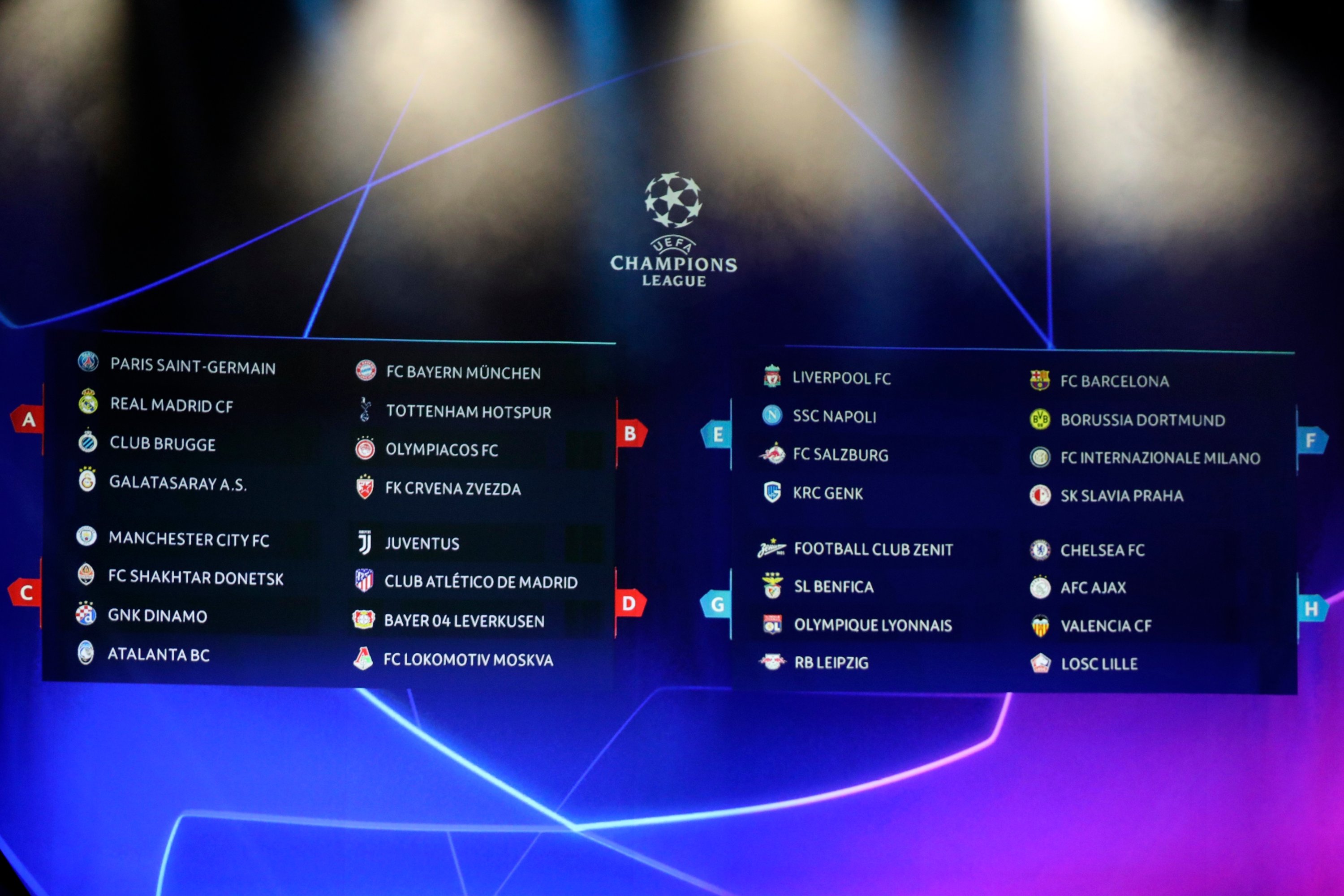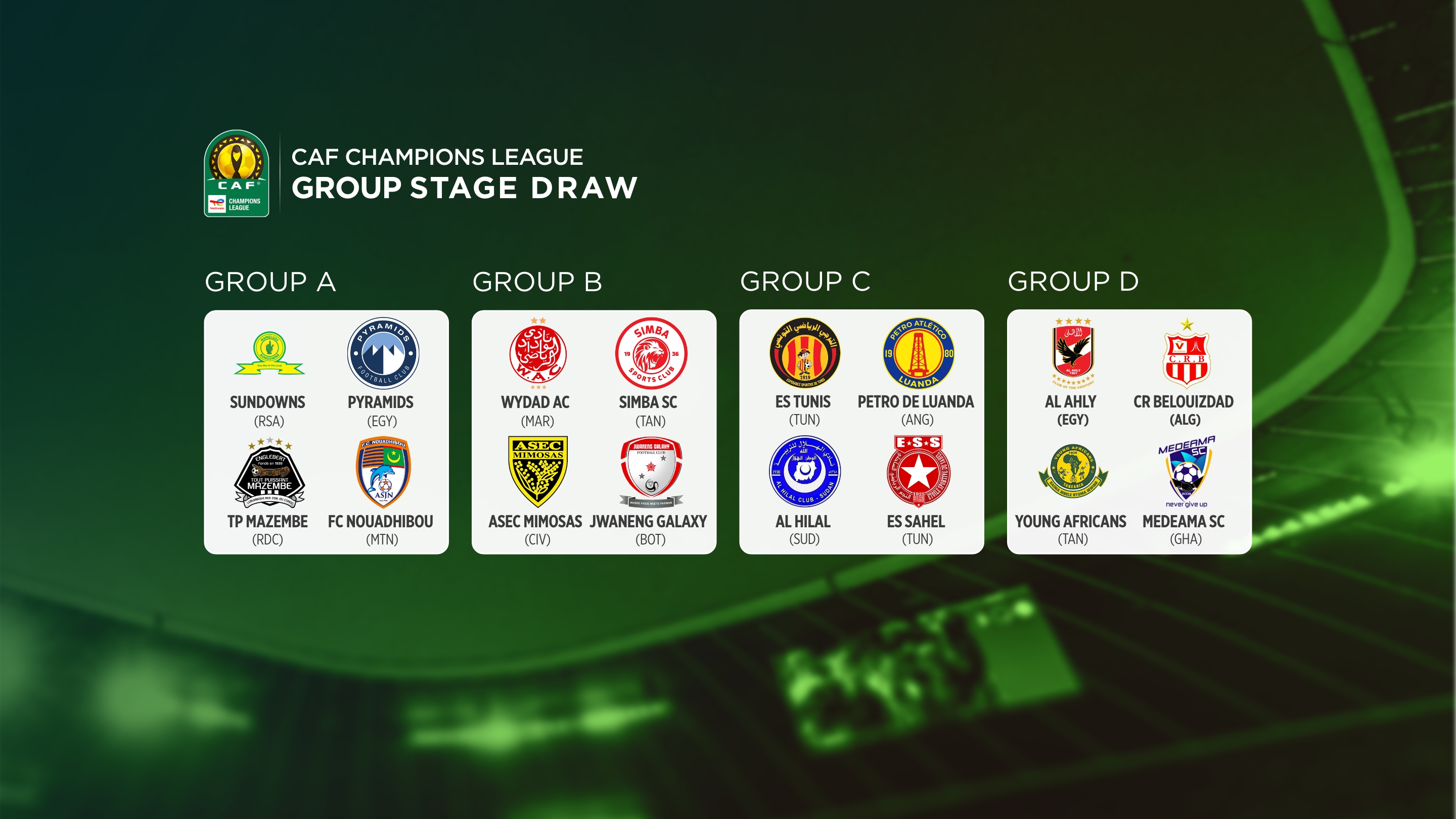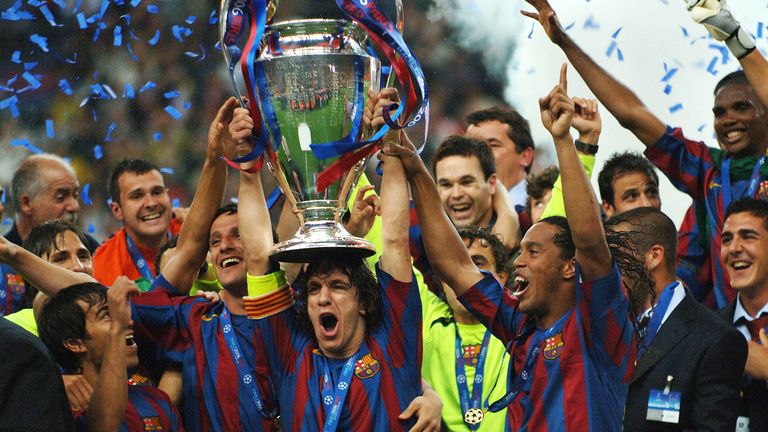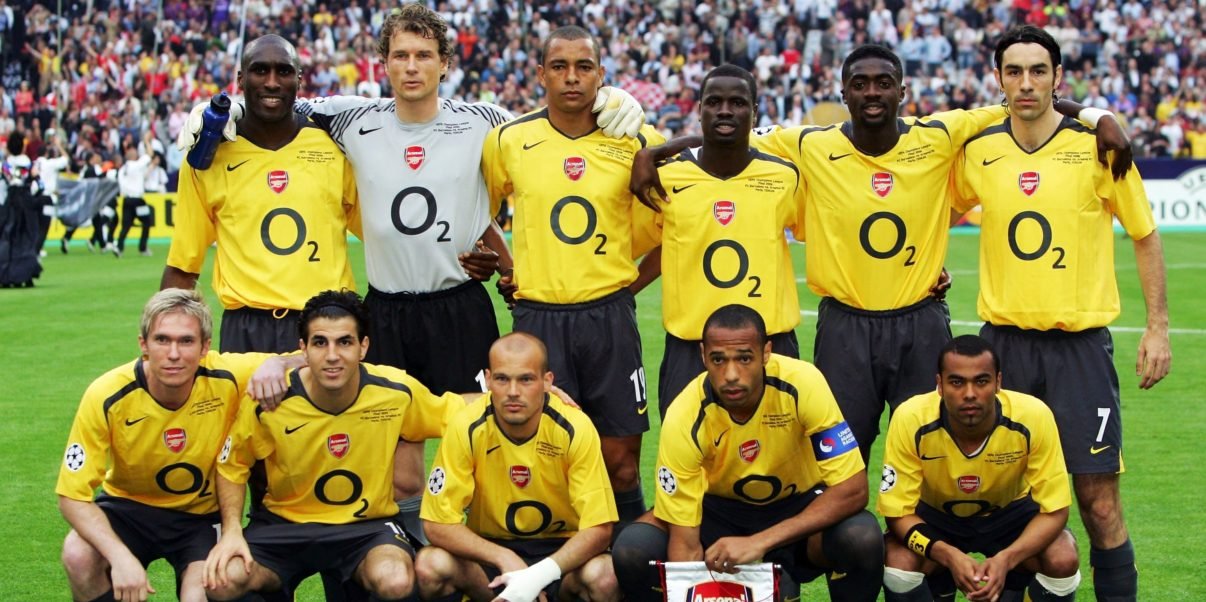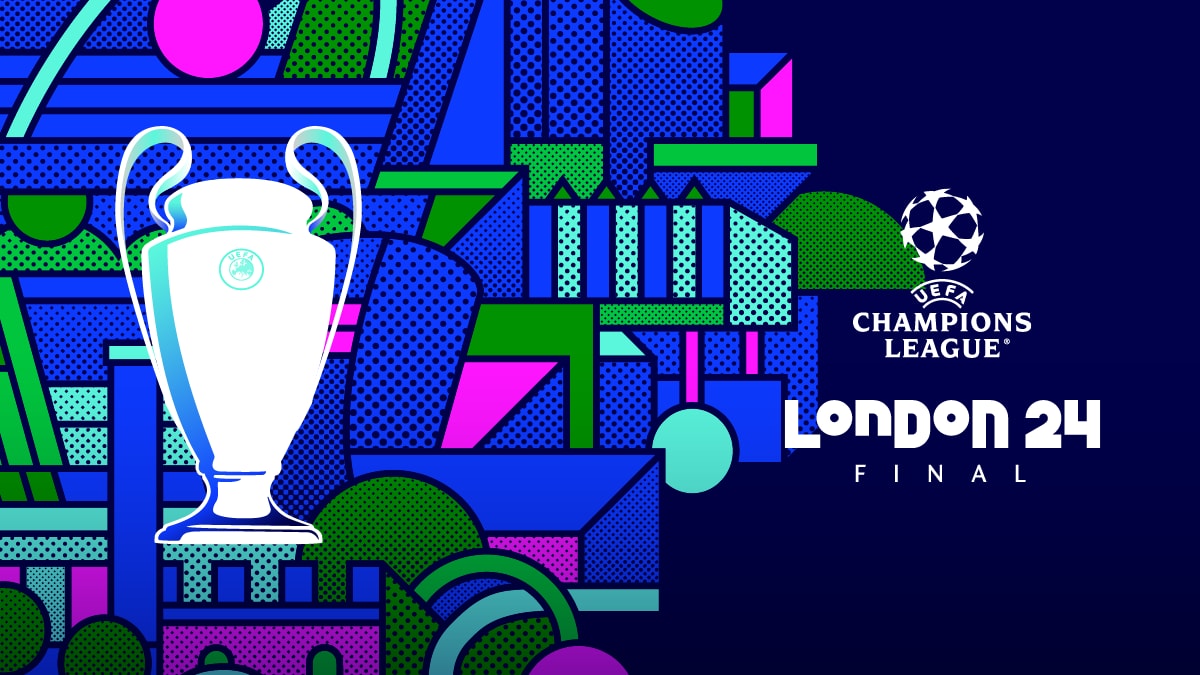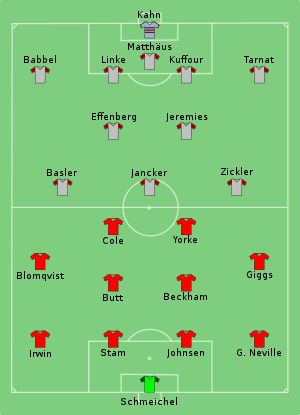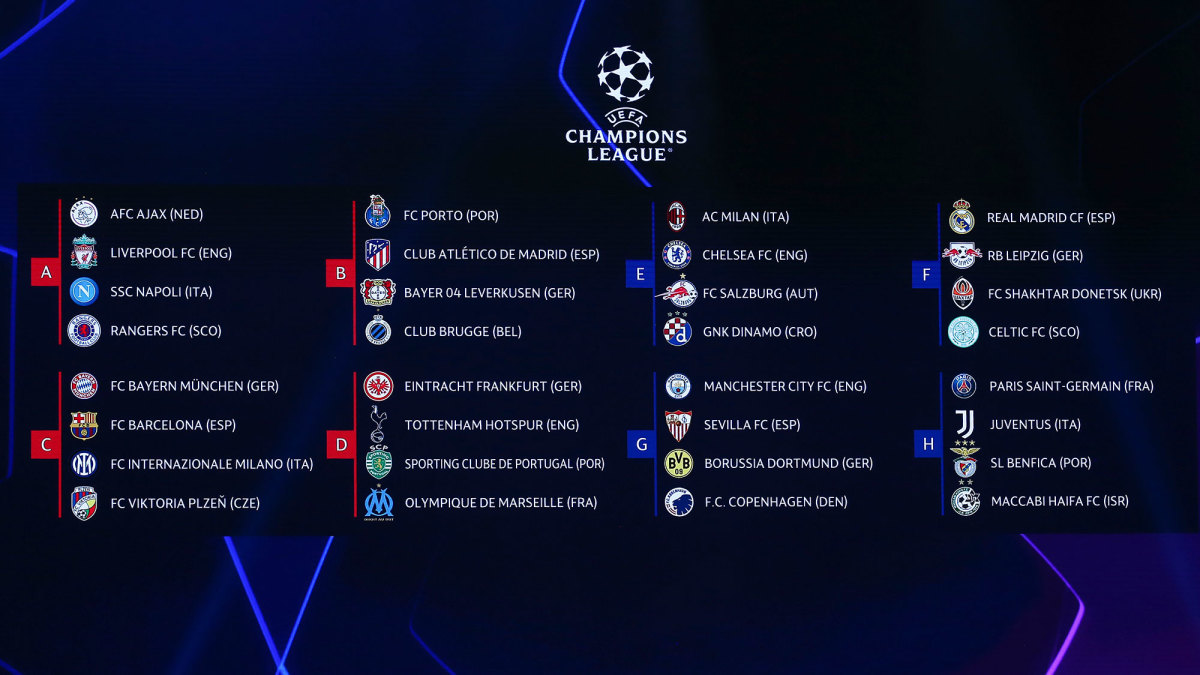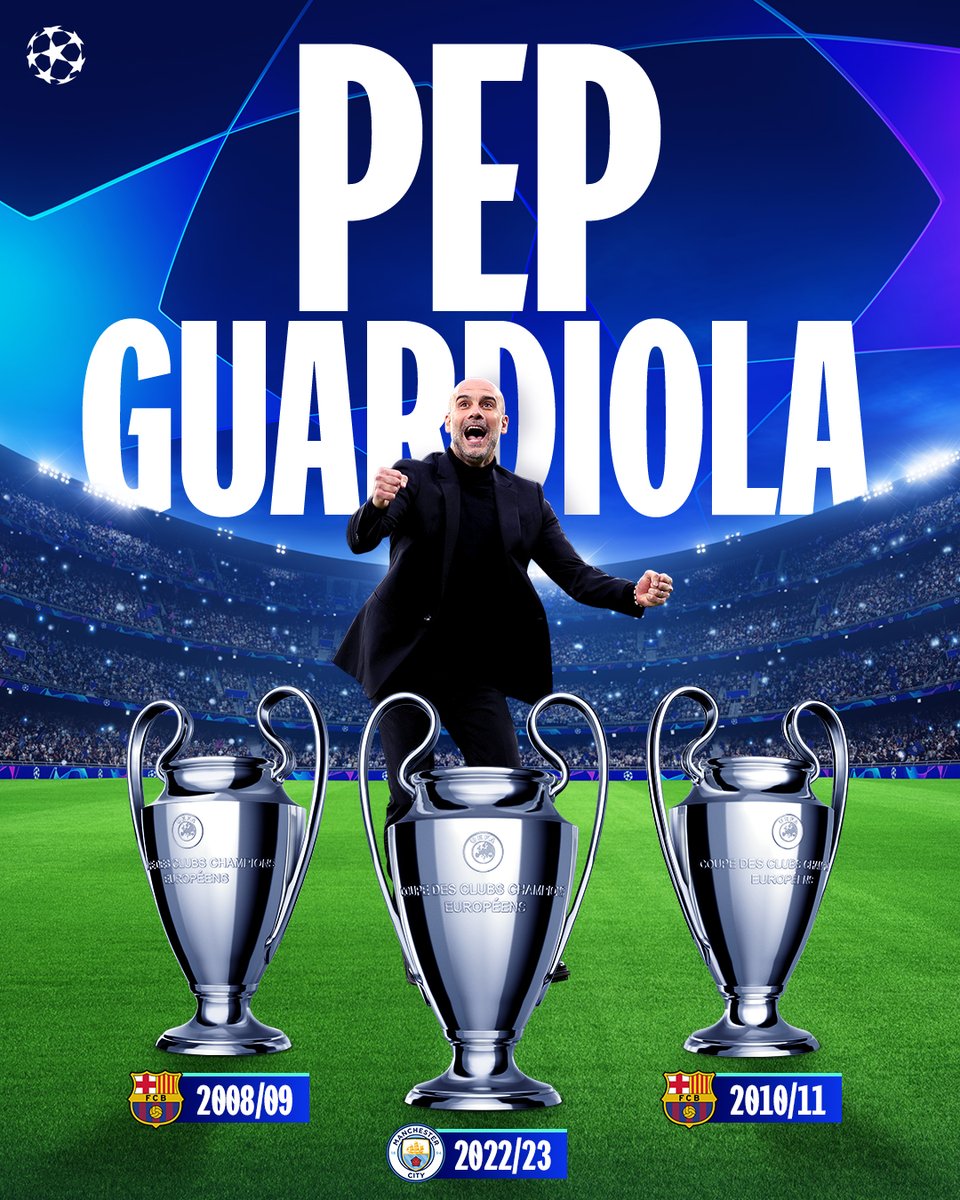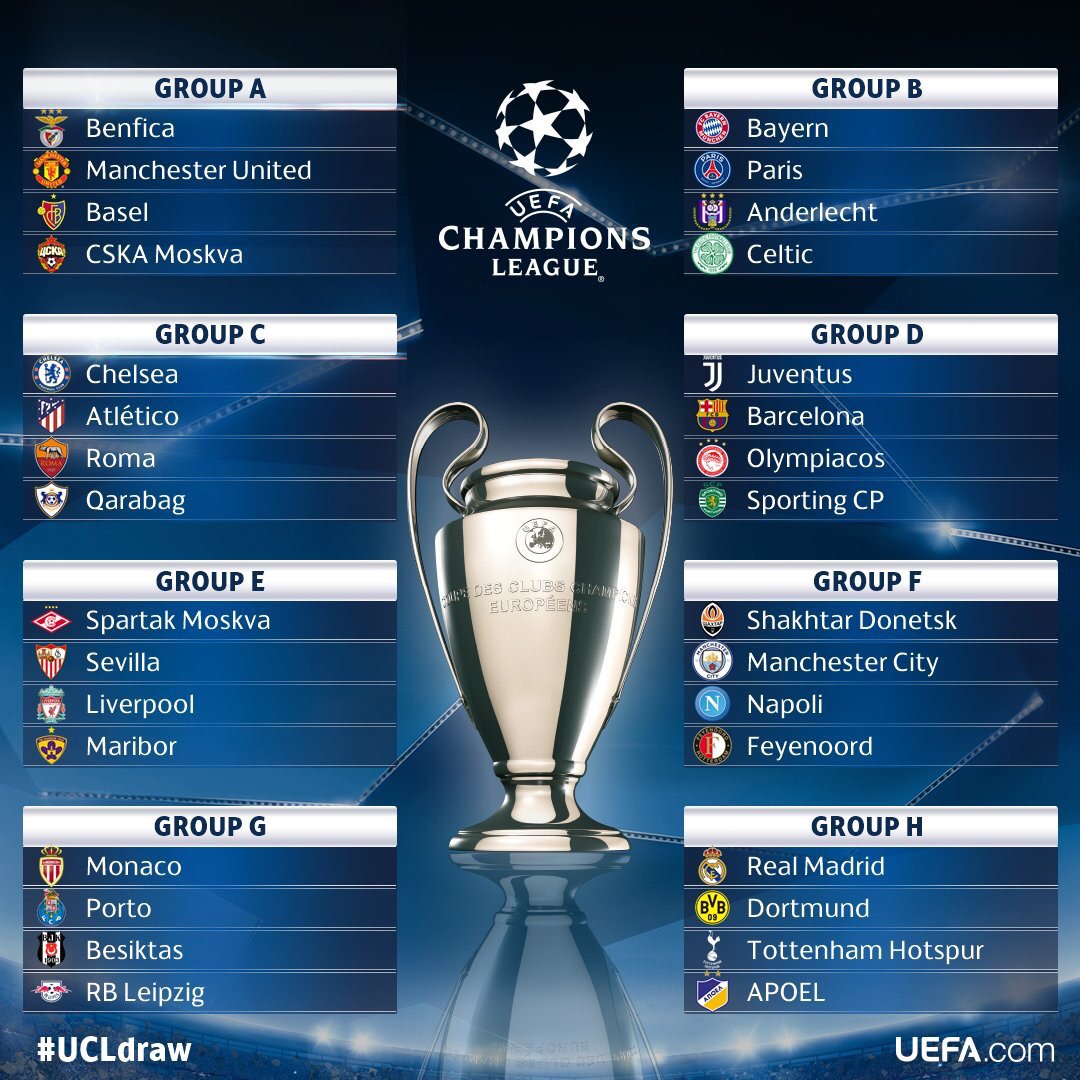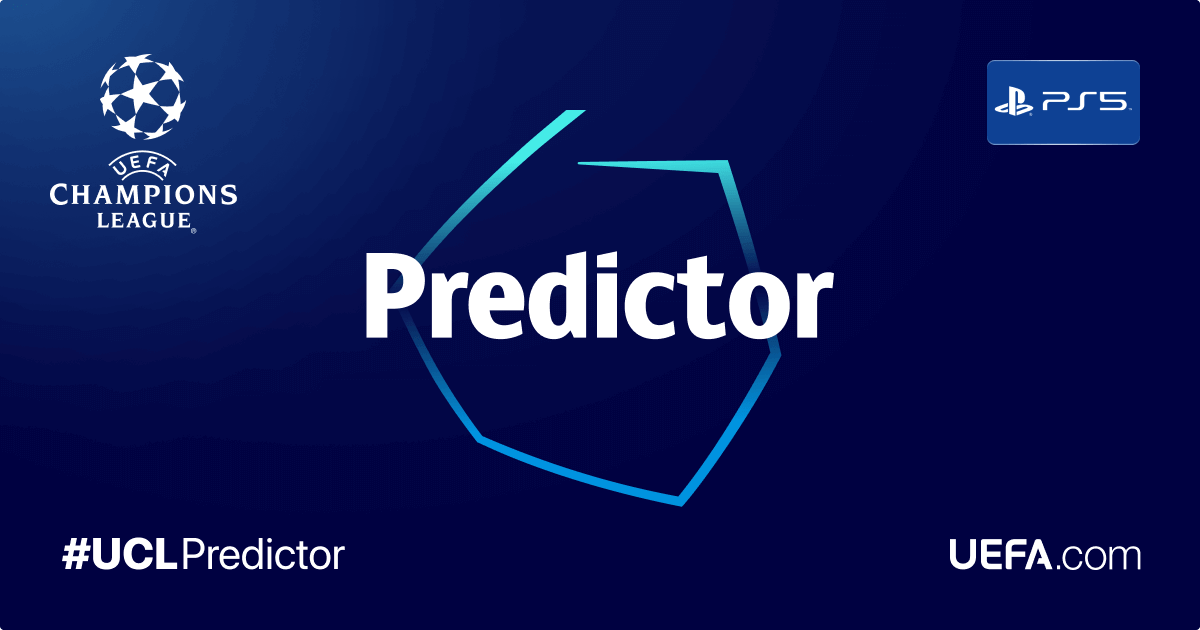Topic draw group stage champions league: Discover the thrilling journey of top football clubs in the "Draw Group Stage Champions League," setting the stage for unforgettable clashes and dreams of glory among Europe"s finest teams.
Table of Content
- Group Stage Teams and Seeding
- Draw Procedure and Results
- Match Schedule and Viewing
- Draw Procedure and Results
- Match Schedule and Viewing
- How was the draw conducted for the group stage of the Champions League?
- YOUTUBE: Slavia Prague reacts to draw in tough Champions League group with Barcelona, Dortmund, and Inter
- Match Schedule and Viewing
- Introduction to the UEFA Champions League Group Stage Draw
- Key Dates and Locations for the Draw
- Teams Participating in the Group Stage Draw
- Understanding the Seeding Process and Pots
- Procedures and Rules of the Draw
- Historical Context and Past Draws
- How to Watch the Draw Live
- Analysis of Potential Group Match-ups
- Impact of the Draw on Teams and Strategies
- FAQs: Common Questions about the Champions League Draw
Group Stage Teams and Seeding
A total of 32 teams participated in the draw, consisting of 26 automatic qualifiers and six teams that advanced through play-off ties. These teams were divided into four seeding pots based on their UEFA club coefficients.
Selected Teams:
- England: Arsenal, Manchester City, Manchester United, Newcastle
- Spain: Atlético, Barcelona, Real Madrid, Real Sociedad, Sevilla
- Italy: Inter, Lazio, Milan, Napoli
- Germany: Bayern, Dortmund, Leipzig, Union Berlin
- France: Lens, Paris
- Portugal: Benfica, Braga, Porto
- Netherlands: Feyenoord, PSV
- Others include teams from Austria, Scotland, Serbia, Ukraine, Belgium, Switzerland, Denmark, and Turkey.
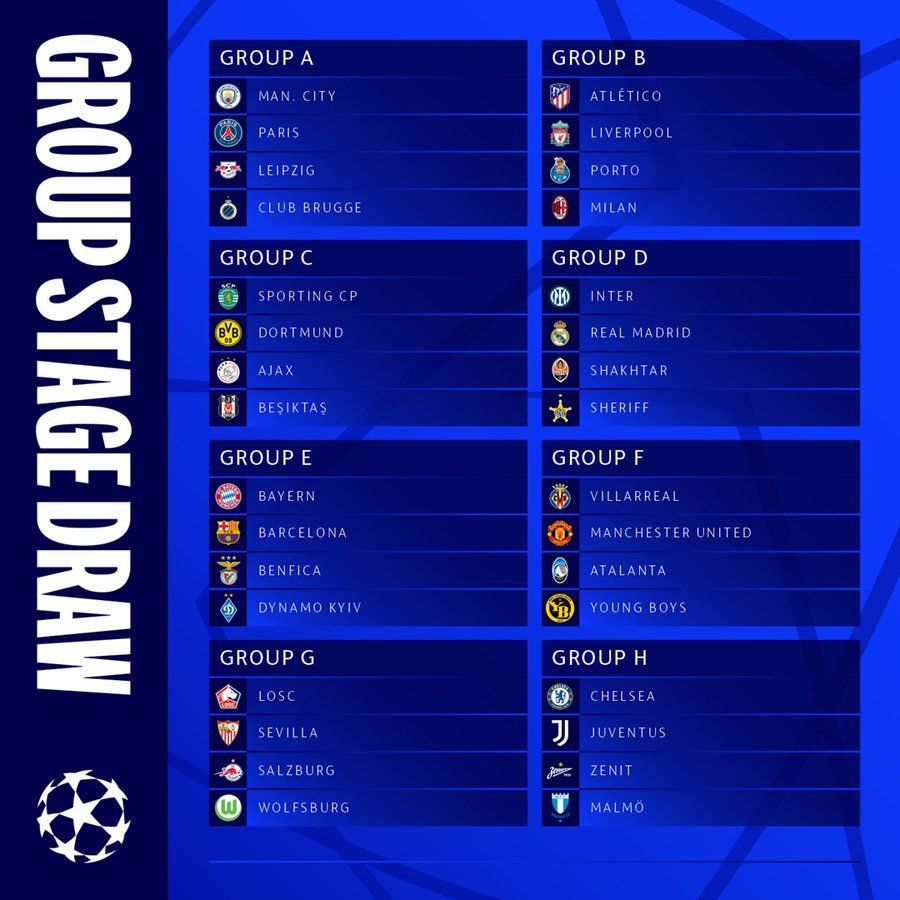
READ MORE:
Draw Procedure and Results
The draw involved distributing the teams into eight groups while ensuring no team could face another from the same country in this stage. The seeding was structured to separate teams into four pots, with Pot 1 including the holders, the UEFA Europa League winners, and the champions of the highest-ranked nations.
Example Seedings:
- Pot 1: Manchester City, Sevilla FC, Barcelona, Napoli, Bayern München, Paris Saint-Germain, SL Benfica, Feyenoord.
- Pot 2: Real Madrid, Manchester United, FC Internazionale Milano, Borussia Dortmund, Atlético de Madrid, RB Leipzig, FC Porto, Arsenal FC.
- Pot 3: Shakhtar Donetsk, FC Salzburg, AC Milan, SC Braga, PSV Eindhoven, S.S. Lazio, FK Crvena zvezda, F.C. Copenhagen.
- Pot 4: BSC Young Boys, Real Sociedad, Galatasaray, Celtic FC, Newcastle United, 1. FC Union Berlin, Royal Antwerp FC, RC Lens.
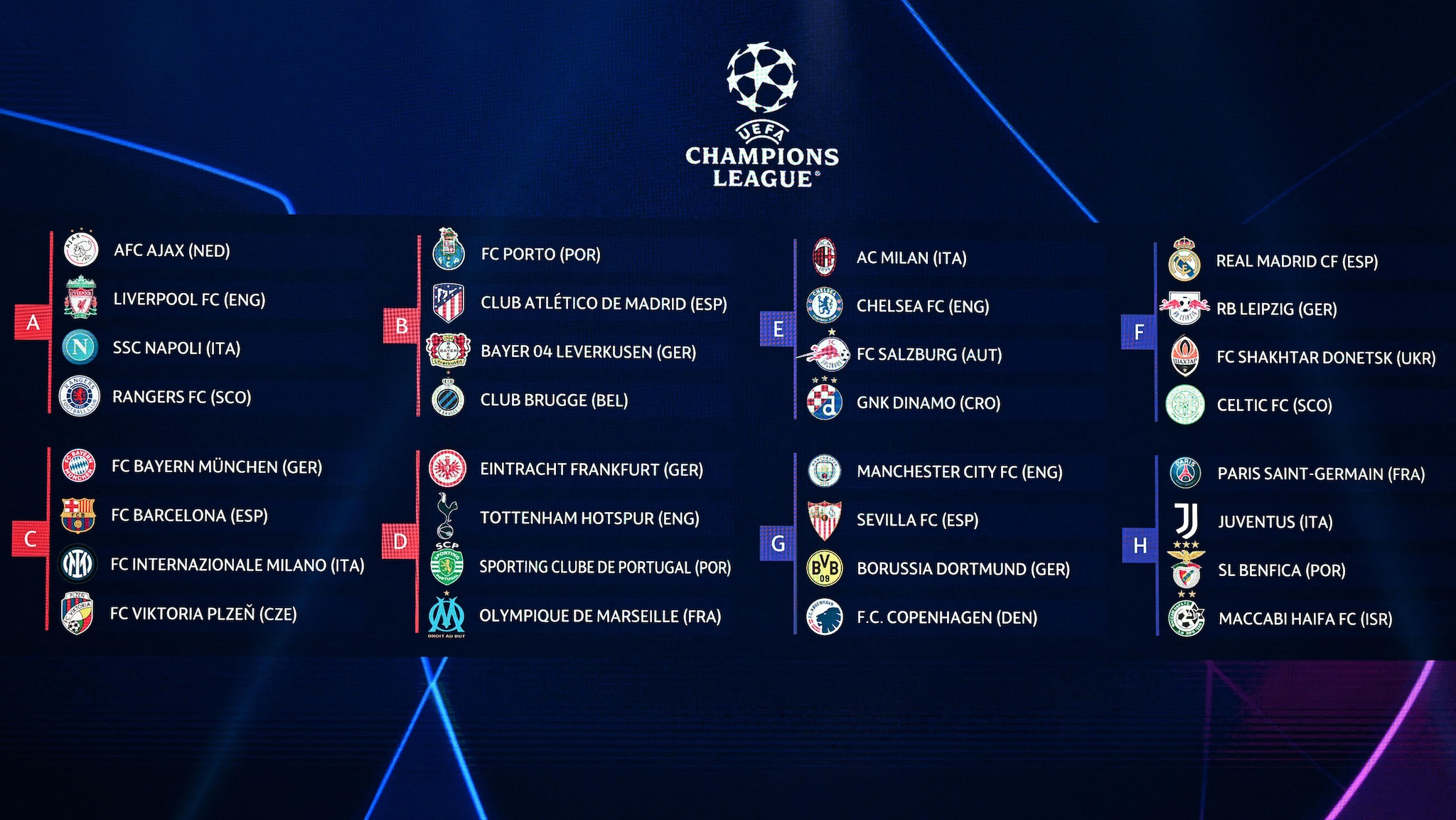
Match Schedule and Viewing
Following the draw, the group stage matches are set to commence, with the complete fixture list and match dates to be announced. Fans could watch the draw event live on UEFA.com and can continue to follow the tournament\"s progression through various UEFA platforms.
| LocationDateTeams Involved | Grimaldi Forum, MonacoAugust 31, 202332 European Clubs |
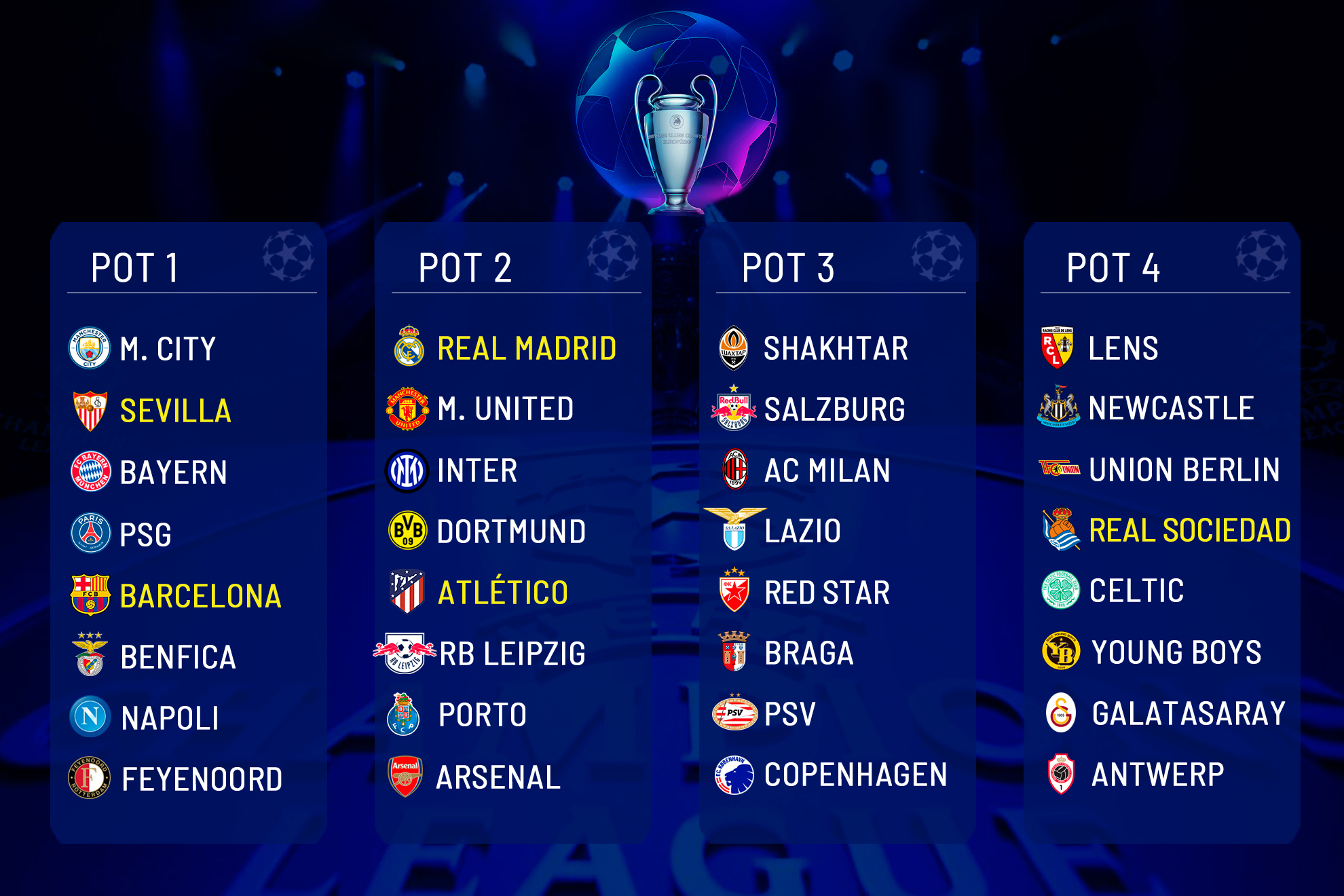
Draw Procedure and Results
The draw involved distributing the teams into eight groups while ensuring no team could face another from the same country in this stage. The seeding was structured to separate teams into four pots, with Pot 1 including the holders, the UEFA Europa League winners, and the champions of the highest-ranked nations.
Example Seedings:
- Pot 1: Manchester City, Sevilla FC, Barcelona, Napoli, Bayern München, Paris Saint-Germain, SL Benfica, Feyenoord.
- Pot 2: Real Madrid, Manchester United, FC Internazionale Milano, Borussia Dortmund, Atlético de Madrid, RB Leipzig, FC Porto, Arsenal FC.
- Pot 3: Shakhtar Donetsk, FC Salzburg, AC Milan, SC Braga, PSV Eindhoven, S.S. Lazio, FK Crvena zvezda, F.C. Copenhagen.
- Pot 4: BSC Young Boys, Real Sociedad, Galatasaray, Celtic FC, Newcastle United, 1. FC Union Berlin, Royal Antwerp FC, RC Lens.

Match Schedule and Viewing
Following the draw, the group stage matches are set to commence, with the complete fixture list and match dates to be announced. Fans could watch the draw event live on UEFA.com and can continue to follow the tournament\"s progression through various UEFA platforms.
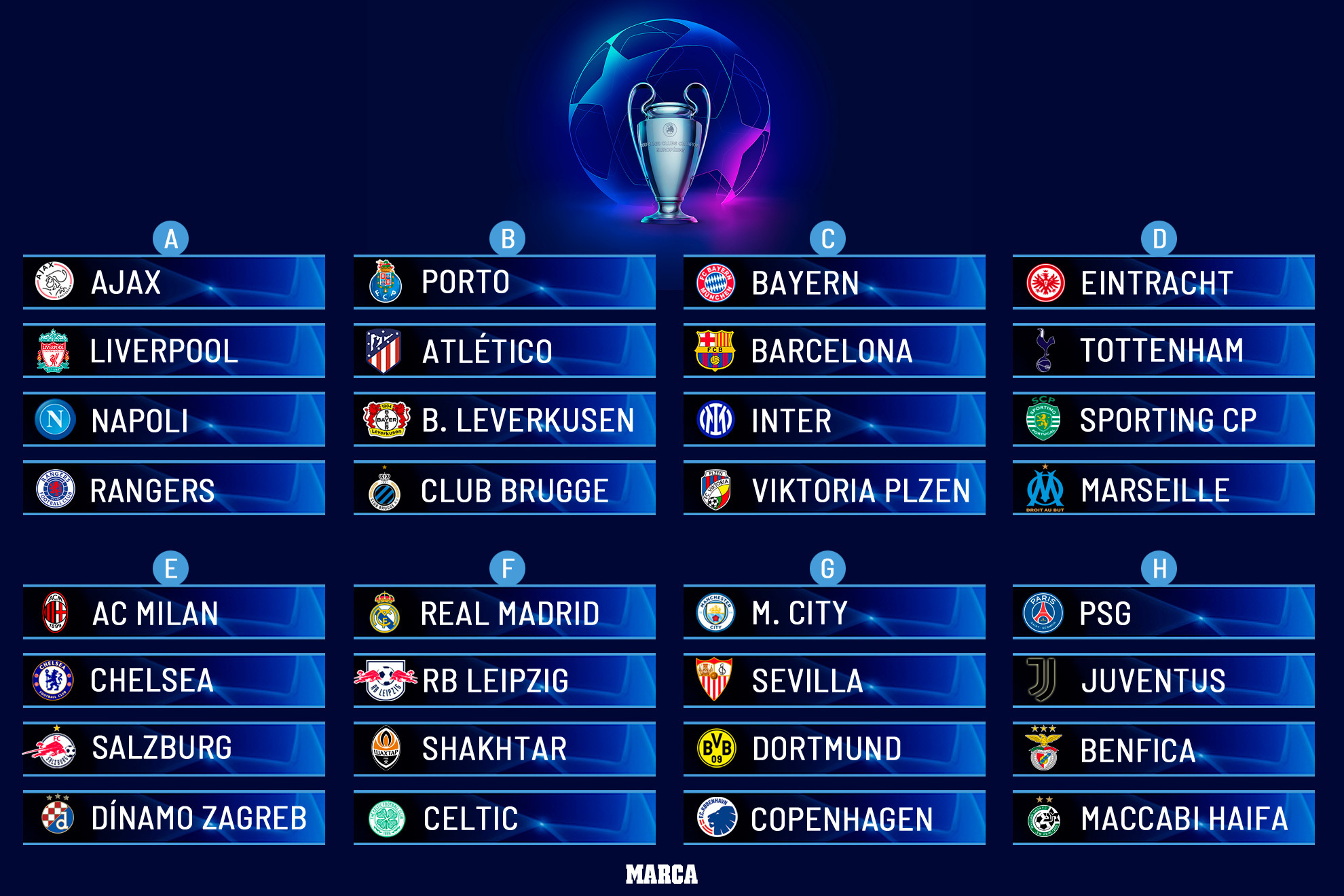
_HOOK_
How was the draw conducted for the group stage of the Champions League?
For the draw of the group stage of the Champions League, the following steps were typically followed:
- Location and Date: The draw for the group stage usually takes place in Monaco, with the specific date announced well in advance.
- Participating Teams: The 32 teams that have qualified for the group stage are usually determined through the qualification rounds. These teams represent different countries and are seeded based on their performance in their respective leagues or previous Champions League campaigns.
- Draw Procedure: The teams are divided into four pots based on their seeding. Pot 1 contains the highest-seeded teams, while Pot 4 contains the lowest-seeded teams. This is done to ensure a balanced distribution of strong and weak teams in each group.
- Group Formation: The draw begins with teams being selected from each pot to form a group. Teams from the same country or pot cannot be drawn into the same group, ensuring diversity in each group.
- Finalization: Once all the teams have been drawn into their respective groups, the draw is finalized. The groups are then assigned letters (Group A, Group B, etc.) for easy identification during the tournament.
Slavia Prague reacts to draw in tough Champions League group with Barcelona, Dortmund, and Inter
Reaction: \"Watch this captivating video showcasing the most hilarious and heartwarming reactions caught on camera! From surprise to joy, these raw and genuine moments will put a smile on your face.\" UEFA: \"Don\'t miss out on this exciting video breaking down the thrilling highlights of the latest UEFA matches! Get ready to immerse yourself in the world of football with expert analysis and top-notch commentary.\"
Match Schedule and Viewing
Following the draw, the group stage matches are set to commence, with the complete fixture list and match dates to be announced. Fans could watch the draw event live on UEFA.com and can continue to follow the tournament\"s progression through various UEFA platforms.
| LocationDateTeams Involved | Grimaldi Forum, MonacoAugust 31, 202332 European Clubs |

